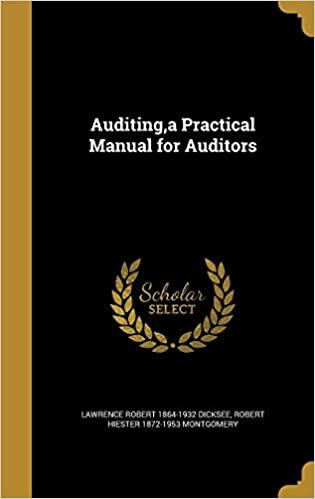
c: Considering now the dynamic interrelationships among the industrial production (INDPRO), the unemployment rate (URATE), the 10-year rate (R10) and the T-bill rate (TBILL). Part of the EViews output for an estimated VECM involving these variables is presented in Figure 10. Vector Error Correction Estimates Sample (adjusted): 1961Q2 2008Q1 Included observations: 188 after adjustments Standard errors in () & t-statistics in 1 Cointegrating Eq CointEq1 CointEq2 CointEq3 INDPRO(-1) 1.000000 0.000000 0.000000 R10(-1) 0.000000 1.000000 0.000000 TBILL(-1) 0.000000 0.000000 1.000000 URATE(-1) 161.0139 (72.2307) [2.22916] -4.998456 (1.40762) (-3.55100] -6.558131 (2.18901) [-2.99594] -1007.624 22.28217 32.78765 Error Correction: D(INDPRO) D(R10) D(TBILL) D(URATE) CointE91 -0.001997 (0.00092) [-2.17254] 0.000260 (0.00067) [0.38530) -0.001825 (0.00101) (-1.81311] 0.000856 (0.00032) [2.71181] CointE92 -0.044206 (0.08936) [-0.49469) -0.213704 (0.06549) (-3.26307] 0.011303 (0.09785) [0.11551) 0.006454 (0.03069) (0.21031] CointEq3 -0.032133 (0.07462) (-0.43060) 0.151077 (0.05469) (2.76236) -0.053455 (0.08171) (-0.65419) 0.025082 (0.02563) (0.97869) FIGURE 10. Partial EViews Output for the Estimated VECM i: What is the cointegration rank of the estimated VECM? How many stochastic trends are present? (2.5 Marks) ii: Let xt = (INDPRO, URATE_, R10+, TBILL+)'; write out all estimated cointegrating relations? (2.5 Marks) iii: Compute the long-run multiplier of URATE on R10. Is it statistically significant at the 5% level? (2.5 Marks) iv: What assumption(s) about the variables must be made to justify estimating this VECM? (1 Mark) c: Considering now the dynamic interrelationships among the industrial production (INDPRO), the unemployment rate (URATE), the 10-year rate (R10) and the T-bill rate (TBILL). Part of the EViews output for an estimated VECM involving these variables is presented in Figure 10. Vector Error Correction Estimates Sample (adjusted): 1961Q2 2008Q1 Included observations: 188 after adjustments Standard errors in () & t-statistics in 1 Cointegrating Eq CointEq1 CointEq2 CointEq3 INDPRO(-1) 1.000000 0.000000 0.000000 R10(-1) 0.000000 1.000000 0.000000 TBILL(-1) 0.000000 0.000000 1.000000 URATE(-1) 161.0139 (72.2307) [2.22916] -4.998456 (1.40762) (-3.55100] -6.558131 (2.18901) [-2.99594] -1007.624 22.28217 32.78765 Error Correction: D(INDPRO) D(R10) D(TBILL) D(URATE) CointE91 -0.001997 (0.00092) [-2.17254] 0.000260 (0.00067) [0.38530) -0.001825 (0.00101) (-1.81311] 0.000856 (0.00032) [2.71181] CointE92 -0.044206 (0.08936) [-0.49469) -0.213704 (0.06549) (-3.26307] 0.011303 (0.09785) [0.11551) 0.006454 (0.03069) (0.21031] CointEq3 -0.032133 (0.07462) (-0.43060) 0.151077 (0.05469) (2.76236) -0.053455 (0.08171) (-0.65419) 0.025082 (0.02563) (0.97869) FIGURE 10. Partial EViews Output for the Estimated VECM i: What is the cointegration rank of the estimated VECM? How many stochastic trends are present? (2.5 Marks) ii: Let xt = (INDPRO, URATE_, R10+, TBILL+)'; write out all estimated cointegrating relations? (2.5 Marks) iii: Compute the long-run multiplier of URATE on R10. Is it statistically significant at the 5% level? (2.5 Marks) iv: What assumption(s) about the variables must be made to justify estimating this VECM? (1 Mark)







